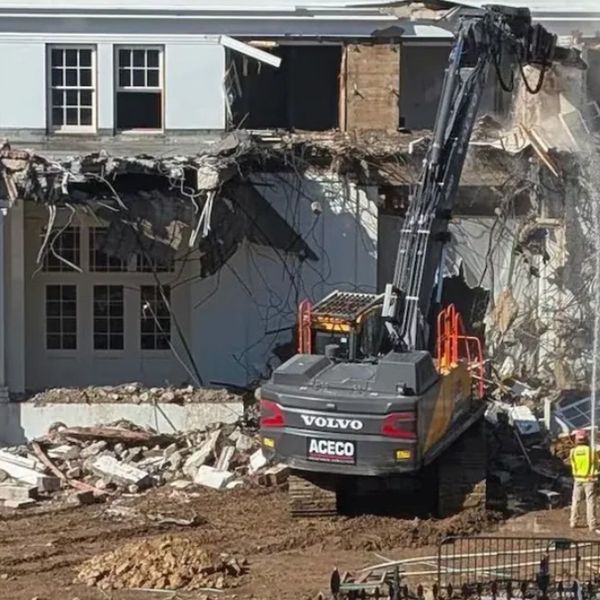The world has anxiously watched the events in Japan unfolding this past two weeks after the horrific earthquake, tsunami and subsequent nuclear disaster. The feelings are magnified out of a sense of helplessness in aiding the victims in Japan mixed with concerns for potential effects and implications to our own health and communities. In assessing the devastating effects of natural disasters, we must pause as we consider the potential for catastrophic effects of man made disasters, specifically from nuclear power plants.
The radiation effects of this disaster are unknown at the present time with greatest concern for the firefighters and those workers and people in the immediate vicinity of the Fukushima Daiichi nuclear plant. Unfortunately the news has gotten worse on a daily basis and has not been entirely forthcoming or transparent. We have moved from reassurance of no leakage to a small fissure in the containment chamber to the leaking of critical water from the cooling pools with variable releases of highly radioactive isotopes to the probability of a breech of the containment vessel that houses the nuclear core. The latter posses the greatest threat.
Fortunately the risk and radiation detected at our shores appears nominal at the present time. However our own National Academy of Sciences has stated that any exposure to radiation increases a person's risk of cancer. There is no safe level of radiation exposure. The amazing fact is not that the radiation that reaches our shores is described low level at the present time but that it reaches us at all traveling 5000 miles from Japan. This underscores the interconnectedness of our planet and energy decisions made anywhere in the world. With nuclear power and all of its safeguards, it remains imperfect and with the fragility of human technology there always exists the possibility of a nuclear accident with its risk of radioactivity release.
These invisible radioactive isotopes are intensely toxic to humans. Our bodies when exposed to them incorporate them into our cells as though they were life giving molecules. This is coupled with their extended half lives where they can persist for years promoting health risks. Thus far Iodine 131 and Cesium 137 have been the 2 isotopes confirmed at present. Iodine 131 has a half life of 8 days and is taken up by the thyroid gland where it emits radioactivity increasing the risk for thyroid cancer. Cesium 137 with its half life of 30 years is handled by the body like potassium which is rapidly disseminated throughout our entire bodies where it can cause burns, radiation sickness, cancer particularly of the soft tissues and death.
The other isotopes of concern are Strontium 90 and Plutonium 239. Strontium 90 with its half life of 29 years is utilized by the body like calcium depositing it in teeth and bone where it can cause cancer of the bone, bone marrow and soft tissues around the bone. Finally Plutonium 239 is the most dangerous isotope. Its cancer causing ionizing radiation risk can be either as an external hazard from outside the body or internal hazard by ingestion or inhalation where it is presents a significant lung cancer risk. Once it circulates through the body, it exposes the blood, kidneys, liver, and spleen to its cancer causing alpha particles.
At the present time, Iodine 131 has been found in the drinking water in Tokyo at levels 200% above the allowable for infants and children who are the most vulnerable to its cancer causing effects. Milk and food within the region are showing radioactive contamination. The water within the Reactor 3 which is a mixed oxide fuel reactor of plutonium and uranium has shown radiation levels 10 thousand times that typically seen.
As physicians our ability to respond to these potential toxins is woefully inadequate focusing mainly on supportive care and comfort measures while observing for the delayed effects of these agents. As with most serious illnesses in medicine, prevention is the best practice. As physicians, it is our obligation to do whatever we can to prevent illness.
If there were to be a meltdown, there is the potential for an astonishing release of radioactive material. We are talking about the radiation potential of about 1000 Hiroshima bombs in only one core. Chernobyl was comparable to 400 Hiroshima's.
As the world grapples with this latest complex compound disaster, a serious reflection and reconsideration of our own nuclear power industry is in order. Nuclear energy is too risky, dirty and too expensive. Are these risks to the health of our children and community ones we are willing to take? We need investment in safer energy sources in particular renewable sources. As long as nuclear power plants exist, prevention of nuclear accidents is paramount. We also must have local disaster preparedness efforts and make ourselves aware of them.

